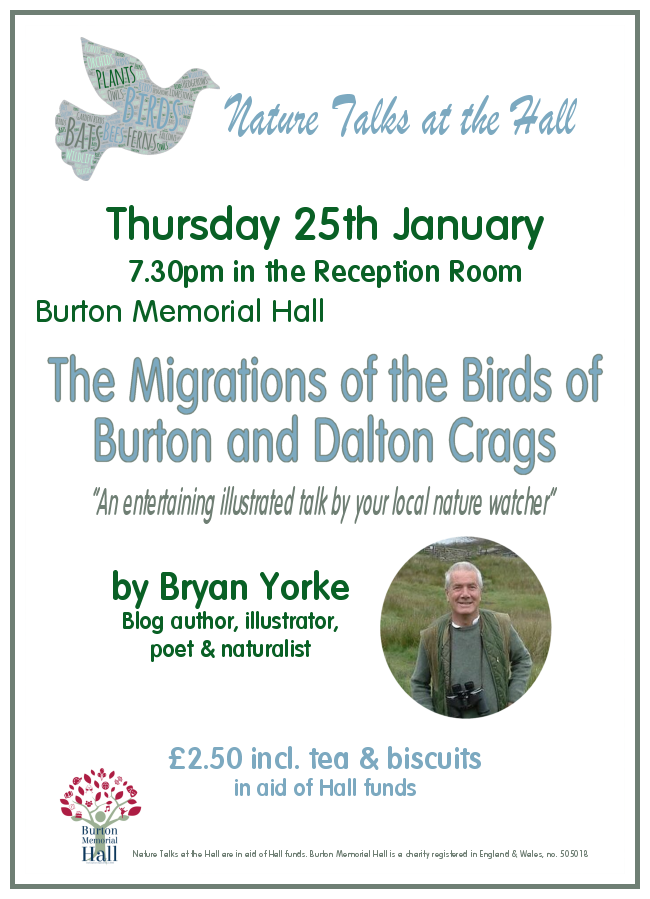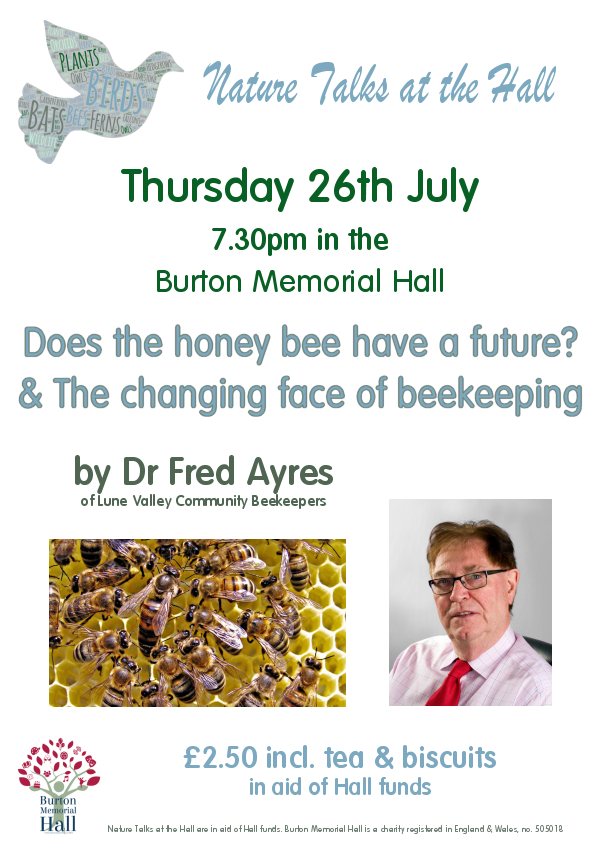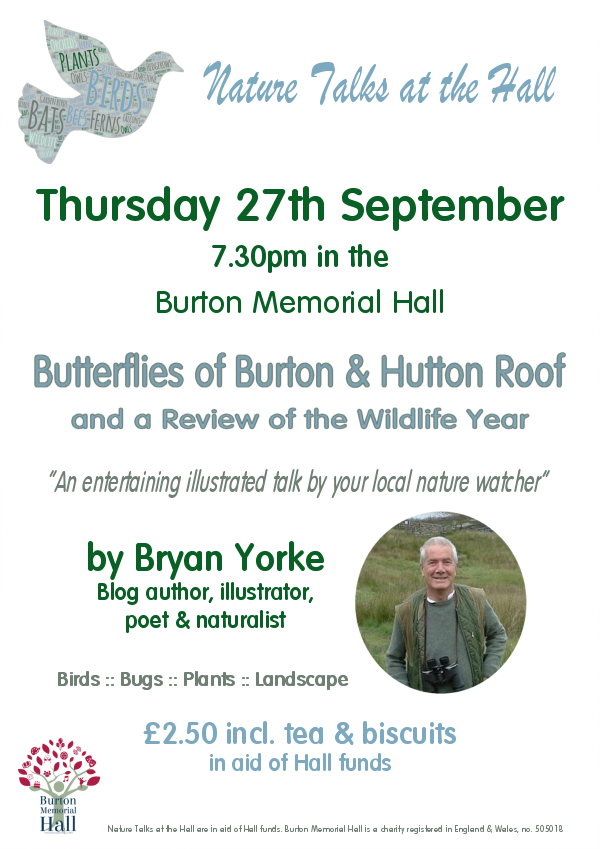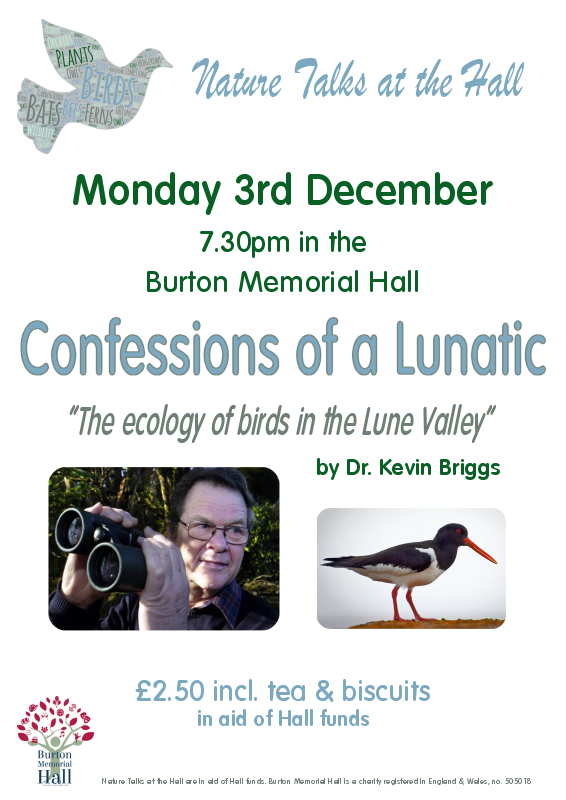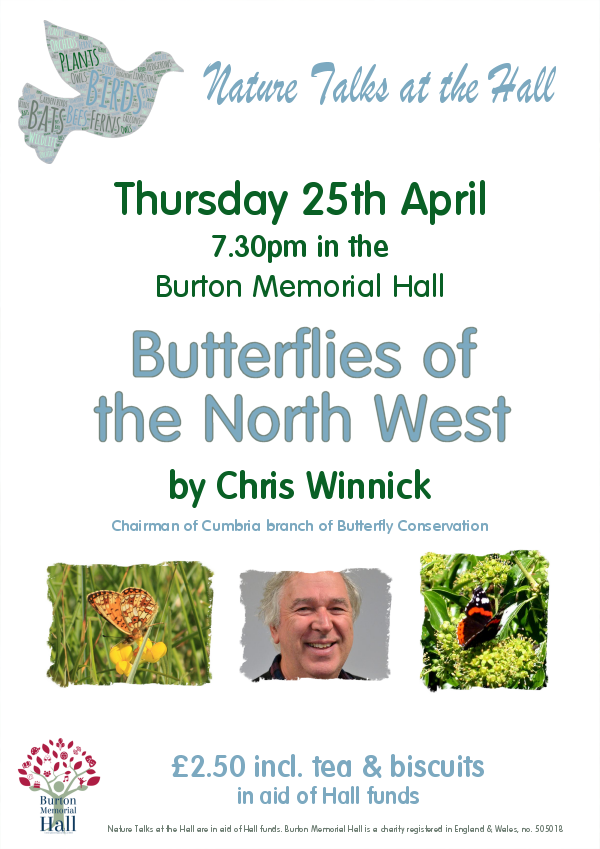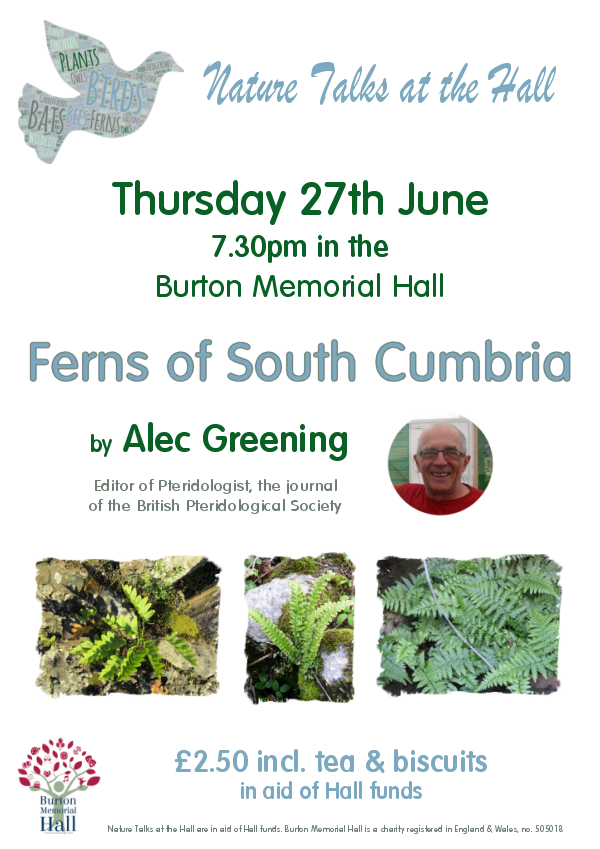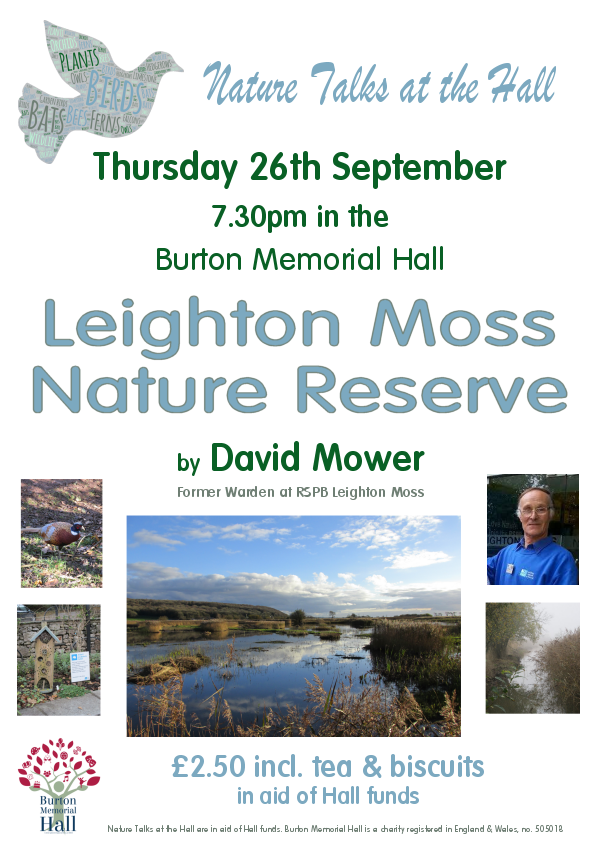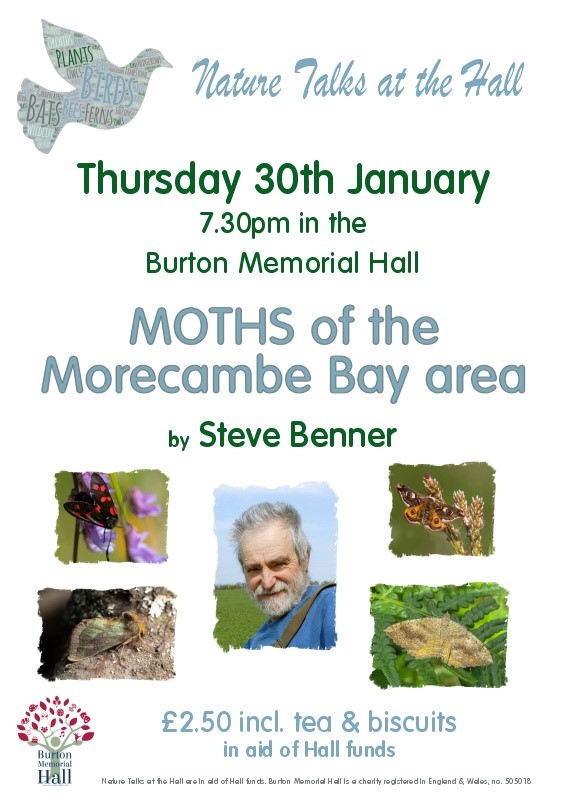.jpg) |
| This is the latest progress with the e.helliborine var purpurea as at 9th August 2013 - please click over to enlarge |
Saturday 24th August 2013
1400hrs to 1600hrs - Gone back to check out more samples of the mystery fern. Here are a selection of more close up photos. It is so interesting and the judges are currently debating and analyzing the situation. As usual I am most indebted to Alec Greening for all his personal support on this.
| The normal Maidenhair Spleenwort from above |
| The normal Maidenhair Spleenwort showing the underside and sori. |
| Another of the Maidenhair Spleenwort variant or possible hybrid showing the upperside |
| The Maidenhair Spleenwort variant or possible hybrid |
| A larger new colony found in situ within a disused lime kiln |
Friday 23rd August 2013
0900hrs to 1300hrs - Trig Point areas (pavements 6A2) - Searching out rare Ferns.
Did find several locations showing some nice specimens of the Black Spleenwort, which I have now marked off on my charts, but in the main everything else was straightforward Maidenhair Spleenwort or Harts Tongue.
Did manage to locate up to seven excellent Broad Leaved Helliborine of which some showed much of the "purpurea" colourings (see photo). Two new spots to record for Woodruff.
The odd Willow Warbler could be heard just beyond the ridge towards the direction of the "Cairns" making its familiar low contact call "hou-whit". Also I noticed that Meadow Pipits are now on the move, I could hear them earlier going overhead whilst at Dalton Hamlet, also whilst here on the top a party of seven went over heading South, and also odds and sods where heard from time to time.
| Close up of the Black Spleenwort Frond |
| More close up of BL fronds |
| Showing a group of Black Spleenwort Fronds |
| E. Helliborine specimen |
| Another "purpurea" e.helliborine specimen with bunched head (click over to enlarge) |
Thursday 22nd August 2013
1000hrs to 1400hrs - Clawthorpe Lower Fell - Is it simply a Maidenhair Spleenwort?
Decided to have another check over on the Clawthorpe Lower Fell, noticed on the way up Slape Lane, that the overweighted "crab apple" tree had in part collapsed and was strewed over the footpath almost blocking the way.
On Clawthorpe Fell did manage to record a few additionals for my listings which were my very first Broad Leaved Helliborine, Several Juniper trees, Fairy Flax, Lesser Meadow Rue, Grayling Butterfly, Small Scabious, Goldenrod. Also found a small area which had over twenty St. John's Perforate colony.
Overhead were at least thirty low hawking and chattering Swallows feeding up, also the deep crying "buteo" and Nuthatches on the perimeters of Curwen Wood.
According to a "old Cumbria Gazetter" the area was once called "Curwenwood-kins" or the "Claythrop Clints".
I found a fern which I have not been able to explain as yet and sent photographs off to Alec Greening who is always kind enough to try and help in "fern" matters. I do think it is a sort of "oddball" but may have connections with the Maidenhair Spleenwort. (photos below)
| Crab apple tree on Slape Lane collapses under the fruit yield |
| Please click over photo to enlarge further |
Tuesday 20th August 2013
(1148hours) Just added a link to the Arnside and District Natural History Society "Programme of Events". This can be seen by clicking here or alternatively it will be on a more permanent display in the upper part of the blog within the left hand pane.
1200hrs - 1530hrs Plain Quarry, Dalton Crags to Trig Point and Slightly beyond.
Bird life has gone really quiet with just the odd Willow Warbler giving its occasional "hoo whit" contact call. Also Robins, Dunnocks, various Tits, Ravens and Jays, and the giveaway calling, bobbing flight of the Green Woodpecker. About eight swallows were hawking over the spent Ragworts as you ascend through the deforested Dalton Crags.
Got as far as Squinnyscree to check out the "Squinancywort" and the "Autumn Gentians. Still some evidence of Squinancywort but again this year much reduced than on previous years. I also went around all the usual "Gentianella" spots, but could only find the one specimen (photo below). Usually I will find at least half a dozen plants, but I must say that this year I could not see any evidence of rabbit predation as seen in previous years. I can only gather the opinion its probably not been the best of years for this particular species as far as Hutton Roof is concerned.
Lots of Large Whites, Peacocks, Speckled Woods and Meadow Brown butterflies on the air, but especially nice to see the Comma just on the lower slope to Plain Quarry.
| Autumn Gentian - The only one this year seen on Squinnyscree on Hutton Roof. Click over photo to enlarge |
| The Comma Butterfly at Dalton near Plain Quarry. Click over photo to enlarge |
| The Comma (underwing) at Dalton near Plain Quarry. Click over photo to enlarge |
Friday 16th August 2013
(1030hrs - 1220hrs) Checking out Hypericum Montana with Dr. Geoffrey Halliday
We set off across pavements 3 and 4. Calling off at 4 to show Dr. Geoffrey the beautiful epipactis helliborine variants before making our way across to the main attraction the "Hypericum perforatum Montanum". Here we checked the small group (5 flowerheads), together with the single plant and again the area with the double plant. It was clear that at two of the sites we quickly diagnosed the "perforated" or transluscent spots on the leaves. But the closeby individual which without doubt has been the best specimen this year, strong and sturdy and taller than the rest, did not show any signs of "perforated" or translucent spots on the leaves.
I was suprised to find that the flowerheads etc (although gone over) were still intack and that the local deer had not found the bounty!
Thursday 15th August 2013.
(0900hrs - 1230hrs) Checking out Ferns etc on the Farleton side.
It was not the best of days with a visibility down to about 100 ft and with light drizzle.
Started out by checking the Rusty Back Fern which lies close to the main footpath on the West Side of Whinn Yeates Farm. The fern is strong and in two separate patches. I also was also able to find a new record (for me) of a good growth of Black Spleenwort coming out of the crevices nearby to the position of the Rusty Back. Carry on a while and you have the fabulous "Turtle Stone".
Whilst over here I had to check on the rare "Alpine Enchanters Nightshade" which is growing on the scree embankment has you climb your way over towards Holme Park Fell.
Went over into the Holme Park Fell (845ft) and found lots of Limestone Polypody which I noted and also large populations of Small Scabious, and also odd areas with the Burnet Saxifrage.
Soon coming off the top and down the West/South West side parallel to the Holme Park Quarry.
On leaving the fell and following the bridleway to make the final approach towards Clawthorpe Lane I was checking the verges and clearer open spaces on the way and was anticipating that I might find some asperula, and was very pleased to be able to confirm my suspicions with even more squinancywort (Asperula cynanchica) to be found amongst the numerous eyebright patches. The morning was finished off with a very nice surprise to both of us when a Dunlin took off closeby from the boggy edges of the small "reedy" fenced off pond, whilst immediately ziz zagging (like a snipe) and calling its beautiful feeble "pree-ip" call as it set its way to the West.
| Alpine Enchanters Nightshade |
| Rusty Back Fern |
| The Turtle Stone |
Tuesday 13th August 2014
(0700hrs)
30 Swallows sat on the telegraph wires near to Oakwood Farm, Clawthorpe.
(0900hrs - 1300hrs) Dalton and Lancelot Clark Storth.
Checking out Juniper in Dalton Crags and then over to the variants to take a few photos (a selection shown below). Also a Lesser Whitethroat singing away in upper Dalton (deforested).
| Specimen 1 and 2 |
| Spike of Specimen 3 |
| Full flower of Specimen 3 |
Friday 9th August 2014
(1400-1730hrs) (Checking out variants on Pavement 10 and again on Pavement 4
First stop to go over Potslacks to the "Viewpoint" Pavement 10 to check on the reddish stained flower I found a week or so ago. I have photographed below. Also to my suprise I found a Dark Red Helliborine only yards away from the BLH variant, it was very rich, the full plant had the top of its spike missing but to say the DRH finished about 10 days ago this one was still looking good (see photo).
Then it was straight over to pavement 4, I did a update of the above sketch showing another four BLH specimens and a odd photo showing the general colour so far this year. Also photos showing No.15 (this year aborted buds) etc. That beautiful specimen from last year never did look right this year. You will see that the spikes on these aborted do not comply to the norm. Usually there is good distance in the spike length (eg up to 12" plus) whereby this year straight from the start looked barely congested with bracts and the spike has only reached about 4 inches and this has been just full of large opposite sided bracts and very little in the way of actual buds (see photo showing buds which are just drying up and dropping off). This is the position with all the "aborted" specimens this year (eg: five)
| This is the variant from Pavement 10 showing a strong red colouring. |
| Could not believe seeing this so late after all the others have gone over (Fri Oct 9th 2013) |
| A "purpurea" specimen from the colony at Pavement 4 (Plant No.3) as of today 9th August 2013. |
| This years specimen 15 the beautiful "purpurea" showing last year (photo in yesterdays blog) and this year it has aborted its buds. |
| A standard helliborine with its pollinators. |
Thursday 8th August 2014
(0700hrs) Clawthorpe.
There were no less than 18 Swallows on the telegraph wires close to Oakwood Farm.
1600hrs to 1900hrs (Checking out E. Helliborine (variant: Purpurea) on Hutton Roof)
I was out with the "Epipactis Gang" which some had come all the way from North Wales, South Manchester, Preston and other local areas. We crossed the lower part of Burton Fell and into Lancelot. In Lancelot we checked the Spring and it was great news to record at least three with probably more "Palmate Newts" present and lots of "surface beetles".
We checked out several pavements, 3,3a,4 and 5 and was not disappointed with some of the most beautiful helliborine variants on view. More Broad Leaved Helliborines where found on pavement 3, but on pavement 3a we checked a very special "insipid weak light small plant" which looks very interesting (photos below).
On reaching the "special variants", all seemed very elated with the results, yet it was at the same time a little disappointing to note that at least 3 of the 20 colony had actually already "aborted" their buds and obviously will now become non fertile. About one week ago I did suspect something could be wrong with these plants, because although the stem and leaf structure had formed well and so strong, however the actual buds where tiny and looked empty capsules at the time and these have now just shrivelled and dropped off leaving healthy long bracts making the plant "spike" look more like a "heavy television aerial". It is a shame because one of these plants (No.15) was the very plant which gave us such a beautiful "purpurea" specimen last year (see photos below).
We then crossed over onto Pavement 5 to check out the already well "gone over" but rare Hypericum Perforatum Montanum and we checked out the 6 group together with the single and the 2 group. Although I had thought I had already checked out a sampling of the leaves and could not find any signs of "perforatum". It was great to see that one of our party (Marion) had actually managed to find a sampling of the "perforatum" which could be very difficult to actually make out and without the aid of a "magnifier" would probably been impossible. But at least now its yet again confirmed that these are of the "rarest of hybrids". Now I suppose I should have also checked out the single and the paired plant areas to see if they could have been the "Pale St. John's parent". I would have imagined the cross will have come from either "perforatum or slender".
| This is the beautiful "purpurea" No.15 from last year (August 23rd 2012) |
| E. Helliborine var: Purpurea - showing the same plant - Epichile, boss etc |
| Weak "insipid" BLH plant on pavement 3a |
| Epichile, boss features etc of that same insipid looking weak small plant. |
2045hrs to 2200hrs (Monitoring the Swifts for the "Swifts In The Community" Project)
(The Burton Team: Reg Hesketh, Jane Phillips, Myself, and tonight joined by the Project Co-ordinator Peter Moreton). We went around all the nest sites to show Peter. Whilst we were going around we actually saw three Swifts enter their respective nest sites, although no sounds of "juvenile" birds were heard from these nest sites. We only managed at best to establish a "five" count of Swifts airborne. Probably a indication that many of the Burton swifts have already left us to make their journey South. We do intend to meet next week to see if there are any still about.
We also noted several "Pipistrelle Bats" flying around the Main Street area.
Tuesday 6th August 2014
(0900hrs to 1100hrs) Checking "purpurea variants" and taking photos.
The variants are doing well, there is on counting 16 plants in the colony, not all are turning "purpurea" and there is also some standard helliborine lying between two sets of "purpurea". I have included a couple of photos below but if you wish to check out all the photos then please go: To check out the latest photos please click here. If you want to enlarge anything up to the original size you can do.
| One of the "purpurea" specimens - which has a well packed spike - soon the sepals will also take on the petal colourization. |
| Another "Purpurea" coming through which still has some buds to open at the top |

.jpg)
.jpg)




.jpg)



+(Small).jpg)
.JPG)


